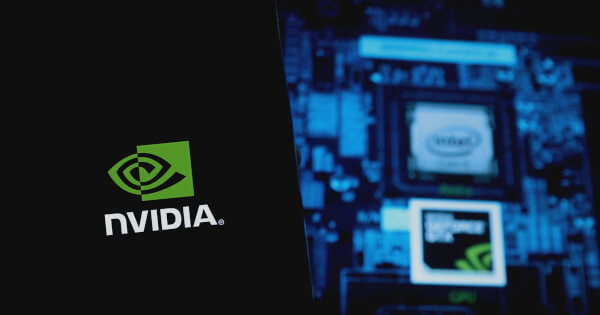NVIDIA Enhances Anomaly Detection in Semiconductor Manufacturing
Caroline Bishop Oct 04, 2025 08:24
NVIDIA introduces NV-Tesseract and NIM to revolutionize anomaly detection in semiconductor fabs, offering precision in identifying faults and reducing production losses.

NVIDIA has unveiled a breakthrough in semiconductor manufacturing with its NV-Tesseract and NVIDIA NIM technologies, designed to enhance anomaly detection and improve operational efficiency in fabs. According to NVIDIA, these innovations address the challenges of processing massive streams of sensor data more effectively.
Challenges in Semiconductor Manufacturing
Semiconductor fabs are data-intensive environments where each wafer undergoes numerous precision steps, generating vast amounts of sensor data. Traditional monitoring methods, which rely on fixed thresholds, often miss subtle anomalies, leading to costly yield losses. The NV-Tesseract model, integrated as an NVIDIA NIM microservice, aims to detect anomalies with greater precision, allowing fabs to act swiftly and prevent significant losses.
NV-Tesseract's Role in Anomaly Detection
The NV-Tesseract model offers real-time anomaly localization, transforming sensor data into actionable insights. This capability allows fabs to pinpoint the exact moment an anomaly occurs, facilitating immediate corrective actions. As a result, production losses are minimized, and the potential for defects to propagate is reduced.
Data-Driven Insights
Semiconductor production involves analyzing interdependent signals from hundreds of sensors. NV-Tesseract excels in multivariate analysis, crucial for identifying significant faults that might otherwise be overlooked. By localizing anomalies precisely, fabs can save resources by focusing on specific problem areas rather than scrapping entire lots unnecessarily.
Deployment with NVIDIA NIM
NVIDIA NIM supports the deployment of AI models like NV-Tesseract across various environments, including data centers and the cloud. This microservice architecture allows for scalable and secure AI model inferencing, ensuring that fabs can seamlessly integrate anomaly detection capabilities into their existing systems.
NVIDIA NIM simplifies deployment with containerized services, enabling fabs to transition from research to production efficiently. With support for Kubernetes and other orchestration frameworks, NIM ensures that these advanced models can be scaled across large manufacturing operations with ease.
Future Prospects
The NV-Tesseract roadmap includes fine-tuning for fab-specific data, enhancing model adaptability to unique manufacturing conditions. This adaptability, combined with hyperparameter tuning, allows fabs to optimize detection sensitivity according to their operational needs.
Overall, NV-Tesseract and NVIDIA NIM represent significant advancements in semiconductor manufacturing, offering enhanced precision in anomaly detection and reducing the risk of costly defects.
For more detailed insights, visit the NVIDIA blog.
Image source: Shutterstock.jpg)